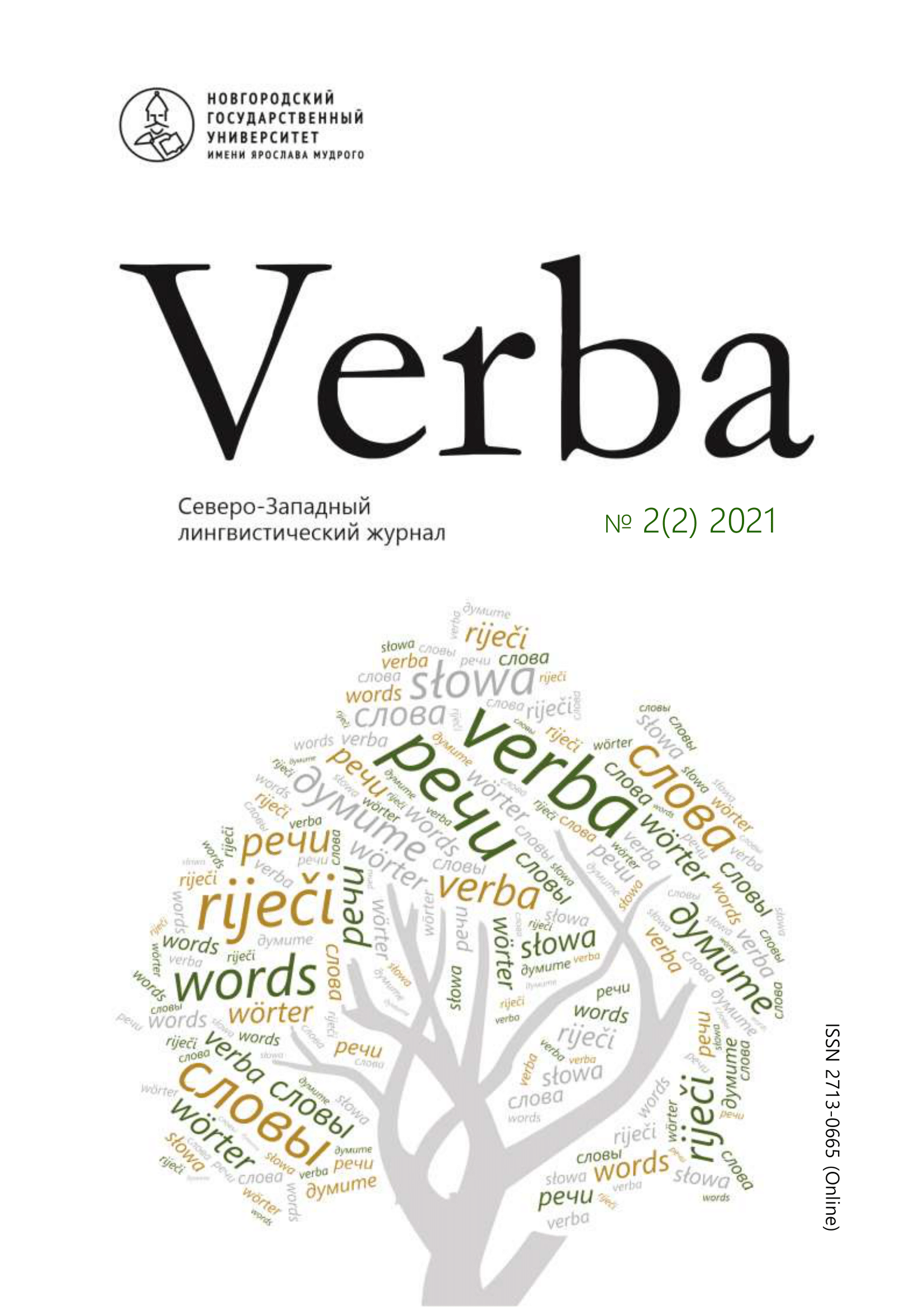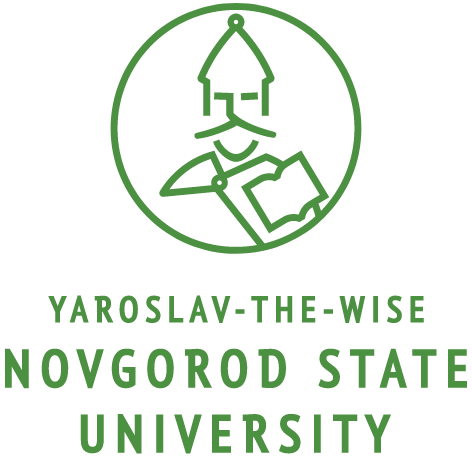From the editor-in-chief
Abstract
Dear colleagues, our authors and readers!
Presenting you the second issue of the journal, which, as announced, is devoted to phraseology, I would like to remind you that the choice of the topic is again associated with the date: in 2021, we celebrated the hundredth anniversary of the birth of Vlas Platonovich Zhukov, the famous phraseologist, founder of the Novgorod phraseological school. Therefore, the heading “NOVGOROD MOTIVE” turns out to be especially important, the article “Novgorod Phraseological School” by V. I. Makarov is published there. It analyzes the concept of a phraseological school, shows the place of Novgorod school
among them, examines the key ideas and publications of the founder of the school, his followers and students. I would like to draw your attention to this article and suggest that you start reading this issue with it, so that a lot becomes clear – both the composition of the authors and the plots that have got covered by them. For example, the author of the article Vladlen I. Makarov and Anna V. Batulina are representatives of the school.
Many researchers can be considered close to it, you will see this from the numerous references to the works of V. P. Zhukov.
We would like to honour the memory of the talented linguist, but to make this journal not only about the school, but also about those phraseological problems that concern modern language researchers. The most popular problems associated with phraseology in its broadest sense turned out to be paroemiological ones, which has made it possible to put them in the beginning of the issue and form the heading “PAROEMIOLOGY”. United by being focused on paroemiology, the articles in this heading present it in different ways. Valery M.
Mokienko, a professor at SPBU, compares the collection of proverbs of Peter the Great’s time with the famous collection of the person whose anniversary is celebrated, showing how the paroemiologists’ approaches to describing and explaning paroemias have changed and offering his own interesting interpretations. Valery Mokienko’s article sets the jubilee tone and time coordinate of paroemiological considerations. Its spatial coordinate is set by Alevtina N. Speranskaya, who compares Russian proverbs about writing with Chinese ones about calligraphy, showing what different ideas about writing are behind these sayings. A. N. Speranskaya works at the University of the Chinese city of Lanzhou, and not only teaches Russian to students, but also learns Chinese culture, in this case through the proverbs about calligraphy.
Maria L. Kovshova, a leading researcher at the Institute of Linguistics of the Russian Academy of Sciences, analyzes rare, as it seemed to me before I read her article, proverbs that include a proper name of a person. The article shows that such proverbs are not only not rare, but also versatile. All cases of such variability are discussed in detail in the article, which makes it very interesting.
The rest of the phraseological articles are grouped under the heading “ASPECTS AND METHODS OF STUDYING PHRASEOLOGY”. A. V. Batulina draws attention to a number
of stable expressions that developed in the political journalism of the Soviet era and analyzes their phraseological nature. Vadim A. Belov (young PhD approved in June, this year) demonstrates the possibilities of the experimental method when studying phraseology in terms of synonymy, which is still not the most one common among phraseologists. Our Belarusian colleague, Maria I. Konyushkevich, presents a method of portraying one Belarusian phraseological unit, which is close to the Russian idiom “as they say”. In this work, phraseology is combined with syntax, semantics, which seems to enrich the results of research and description. As for our Polish colleague, Tatiana Kananowicz, she studies the phraseological units of artistic speech through the prism of translation, summarizing the results of the Krasnoyarsk writer Mikhail Uspensky’s translation competition.
The heading “SCIENCE LIFE: CHRONICLE, CRITIQUES, REVIEWS” provides an overview of T. G. Nikitina’s and E. I. Rogaleva’s works. For the considered area of our Pskov colleagues’ activities, the author of the review, Tatyana V. Solovyova, suggests the name “children’s phraseography”. The author teaches Russian language to future primary school teachers, and she is familiar with the specifics of working with young readers better than most. Therefore, in my opinion, the review turned out to be interested and informative.
Accordingly, in this issue of the journal linguists of the North-West – Veliky Novgorod, St. Petersburg, Cherepovets – are presented. Our Moscow author, M. L. Kovshova, supports the academic note in our journal. And our foreign colleagues from Belarus and Poland allow us to expand its horizons, bringing the publication into the space of Slavic studies.
I express my heartfelt gratitude to everyone who responded to the invitation and wrote to this issue of our journal! The reviewers, whose difficult work usually remains behind the scenes, deserve special thanks. Many thanks to Boris Yu. Norman, Tatyana G. Nikitina, Victoria G. Didkovskaya, Vladimir M. Mokienko, Vladimir I. Zaika, Natalia V. Yudina.
I think we honoured the memory of Vlas P. Zhukov and saw what linguists, whose scientific interests are related to phraseology, are working on.
Until next time on the electronic pages of our journal!
T. V. Shmeleva
Downloads
Downloads
Published
How to Cite
Issue
Section
License
Copyright (c) 2021 Verba

This work is licensed under a Creative Commons Attribution-NonCommercial 4.0 International License.








